“We’ve seen Islamic State-Khorasan target Shia Hazara as they attend schools, mosques and festivities. What is most striking is the helplessness of those caught up in the violence and the constant state of instability and fear that is created by the attacks,” Osborn said of Afghan Witness’ research. These communities feel the de facto authorities won’t defend them, after years having been persecuted by the Taliban themselves, he added.
Nearly half of the attacks verified by Afghan Witness hit crowds as they gathered in public spaces, including markets, schools, hospitals, funerals, weddings and religious services.
In October 2021, two months after the US withdrawal, ISIS-K fighters bypassed Taliban security to access Imam Bargah Mosque, the largest Shia mosque in Kandahar, a city in the south of the country, during Friday prayers. They shot the temple guards, then detonated their explosive vests among the crowds, claiming to have killed and wounded more than 100 people. At the time, CNN was able to confirm more than 30 deaths.
A year later, in September 2022, a suicide bombing struck Kaaj Educational Center in Kabul’s Dasht-e-Barchi district — a predominantly Hazara and Shia neighborhood that had suffered several devastating ISIS-K attacks before the Taliban took over — killing at least 25 people. The students, many of them girls, were taking a practice university entrance exam. The attack, videos of which were verified by Afghan Witness, was not claimed by ISIS-K, but, according to analysts, bore the hallmarks of the group.
Earlier that month, Human Rights Watch (HRW) said that Taliban authorities “had an obligation to protect at-risk communities” from repeated ISIS-K attacks, but that those authorities were failing to provide them with security, based on interviews with 21 survivors and their family members. Richard Bennett, the UN special rapporteur on human rights in Afghanistan, has also called for investigations into attacks on Hazara, Shia and Sufi communities, which he described as bearing the hallmarks of “crimes against humanity.”
Fatima Amiri, 18, was among the students sitting the exam when gunfire erupted. She lost an ear and an eye in the attack that also shattered her jaw, and is still receiving medical treatment for her injuries. She recalls students screaming as a gunman opened fire on them at their desks, followed by the sound of an explosion, and her peers lying bloody around her on the floor
We know that the Taliban cannot protect us. No one feels safe currently in Afghanistan.”
“I saw many of my classmates were dying. I tried to escape. All the ways were closed. I climbed on a wall and jumped, I was in a bad condition full of blood,” she said. “I am now a half-normal human being with one eye and one ear.”
“We know that the Taliban cannot protect us. No one feels safe currently in Afghanistan.”
ISIS-K’s attacks have stoked anxiety among US officials about the group’s capabilities, with some warning that it could soon develop the ability to strike Western targets
Gen. Michael “Erik” Kurilla, head of the US Central Command (CENTCOM), told lawmakers in March that ISIS-K had become more emboldened, aiming to grow its ranks and inspire or direct attacks in the region and beyond. He estimated that the group would be able to conduct “an external operation against US or Western interests abroad in under six months, with little to no warning.” Pressed about where terrorist attacks originating in Afghanistan might be directed, Kurilla said Europe or Asia were more likely targets than the United States.
Kurilla’s statement highlights one of the chief concerns among Western intelligence — that now, in the wake of the US withdrawal, it is difficult if not impossible to assess the Taliban’s effectiveness in curtailing ISIS-K. With no military or diplomatic presence on the ground, and drones now having to fly many hours from distant bases to get to Afghanistan for reconnaissance, intelligence access is incredibly limited, according to US officials and analysts.
For that reason, some have disparaged the Biden administration’s “over-the-horizon” strategy — aimed at striking terrorists without American boots on the ground — as “over the rainbow.” They point to the botched US drone strike in Kabul that killed 10 civilians, including an aid worker and seven children, as an example of the pitfalls for intelligence agencies even before the complete withdrawal, and the killing of al Qaeda leader Ayman al-Zawahiri as one of the sole successes to dateThe US has not recognized the Taliban as the government of Afghanistan. US officials are not cooperating with the Taliban to counter ISIS-K, nor does the US share any intelligence information with them, CENTCOM spokesperson Maj. John Moore told CNN. Instead, the Taliban are fighting the group — which the US estimates now numbers between 2,000 and 2,500 fighters in Afghanistan — on its own.
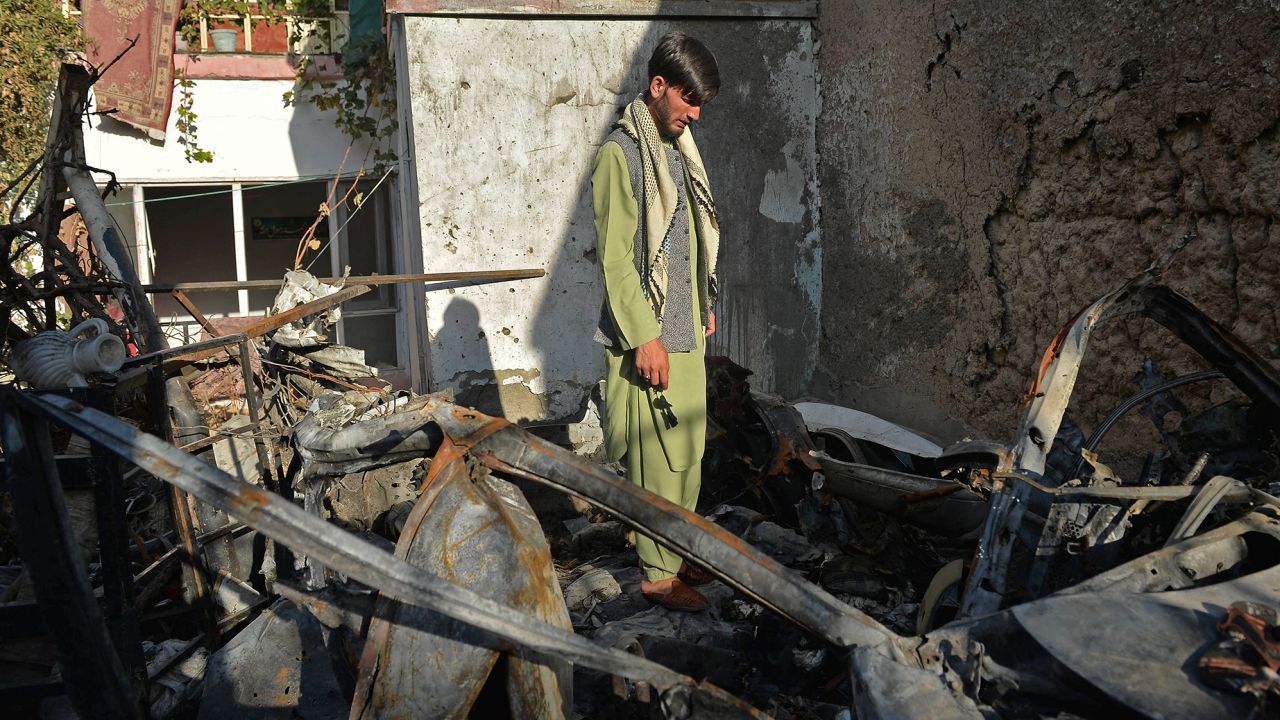
The uptick in violence has put the Taliban in a difficult spot. After two decades fighting their own insurgency, they are grappling with delivering security and sticking to their signature pledge under the US-Taliban Doha Agreement in 2020, to prevent any group from using Afghanistan to threaten the safety of the US and its allies.
Taliban security forces have been waging ongoing operations and night raids against ISIS-K. The raids often target civilians accused of harboring or helping ISIS-K members, with the Taliban assaulting and detaining people without due process, according to research by Human Rights Watch (HRW). In some cases, Taliban authorities have forcibly disappeared or killed detainees, dumping or displaying bodies in public areas.
“The Taliban have been going after them in ways that are actually counterproductive because they have tackled them in the same way that everyone who’s been in power in Afghanistan has tackled insurgencies, which is as brutally as possible, which means you stir up a lot of resentment in local communities, and that stirs up more recruits,” Patricia Gossman, associate director for HRW’s Asia division, said. “We documented a number of raids by the Taliban in Kunar and Nangarhar, which ended up with a lot of people being killed who may or may not have had anything to do with ISIS-K.”
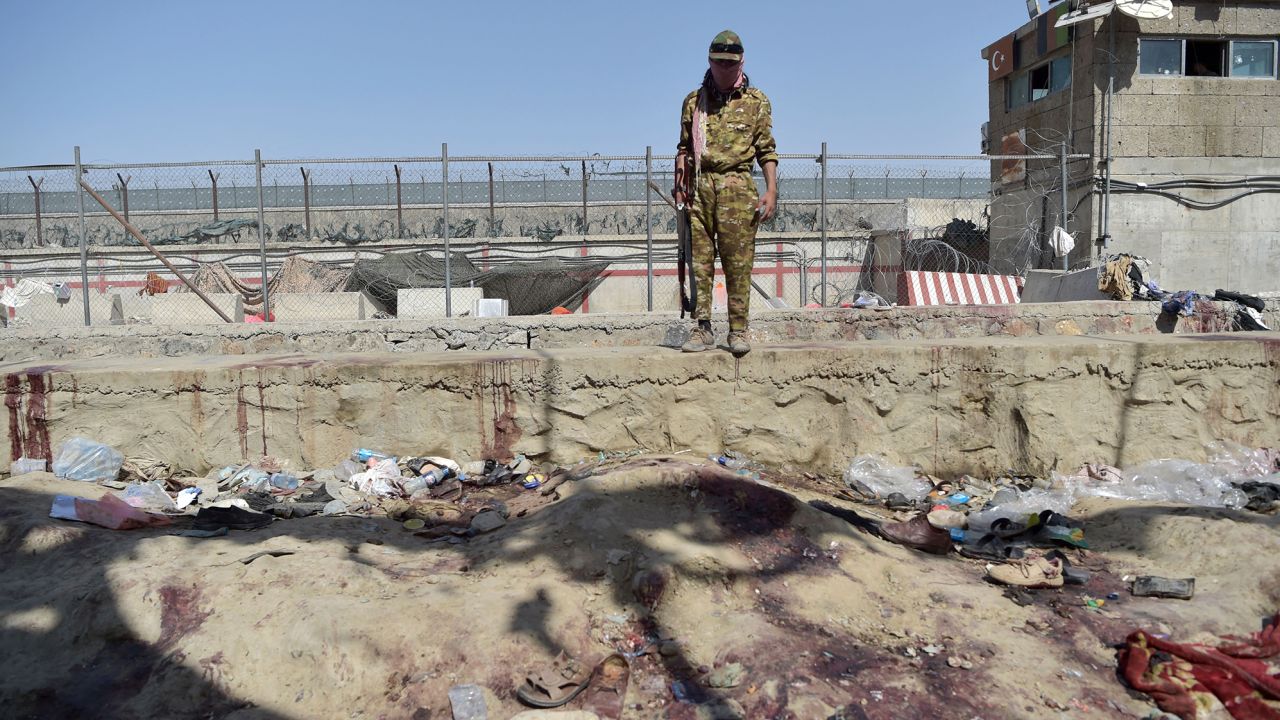
The US National Security Council claimed in April that the Taliban had killed the ISIS-K leader who plotted the deadly 2021 suicide bombing at the Kabul international airport’s Abbey Gate, which was carried out amid chaotic evacuation efforts, killing 13 US service members and more than 170 Afghans who were trying to flee the country. In the days prior to the attack, the suicide bomber was among thousands of prisoners who were freed by the Taliban from Parwan detention facility at Bagram air base and Pul-e-Charkhi prison.
“In 2021, ISIS-K was reduced to a couple of cells in the country and a very tiny, small stronghold in Kunar Province, and that was it. However, in the less than stellar handover procedure, in that chaos, the Taliban opened the prisons, including Bagram, which was a big mistake … they underestimated that there were also a couple of thousand ISIS-K members, who, once freed, just walked off,” said Hans-Jakob Schindler, senior director of the Counter Extremism Project, who served as a member and then as coordinator of the UN Security Council’s ISIL, al Qaeda and Taliban Monitoring Team.
“The organization was very diligently able to reestablish itself.”
UN Secretary-General António Guterres reported in January 2022 that the number of ISIS-K recruits had doubled in less than a year, from approximately 2,200 to nearly 4,000 fighters, with up to half of them foreign terrorist fighters, according to one assessment. Their ranks were buoyed by the prison breaks, and their diverse membership has meant the Taliban risk defections by countering them, Schindler said, adding that could spur anti-Taliban factionalism. Since the group was established in 2015, ISIS-K has included a number of former Taliban, as well as Pakistani fighters, including from the Tehrik-e Taliban Pakistan (TTP) which was designated as a foreign terrorist organization by the United States in 2010.
group, operating in compartmented cells, is capitalizing on loose tactical partnerships and a large number of unaffiliated fighters, or freelance jihadists, who now have greater access than ever before to a large number of capabilities following the United States’ hurried departure, according to Javid Ahmad, a nonresident senior fellow with the Atlantic Council’s South Asia Center who is tracking ISIS-K’s activities.
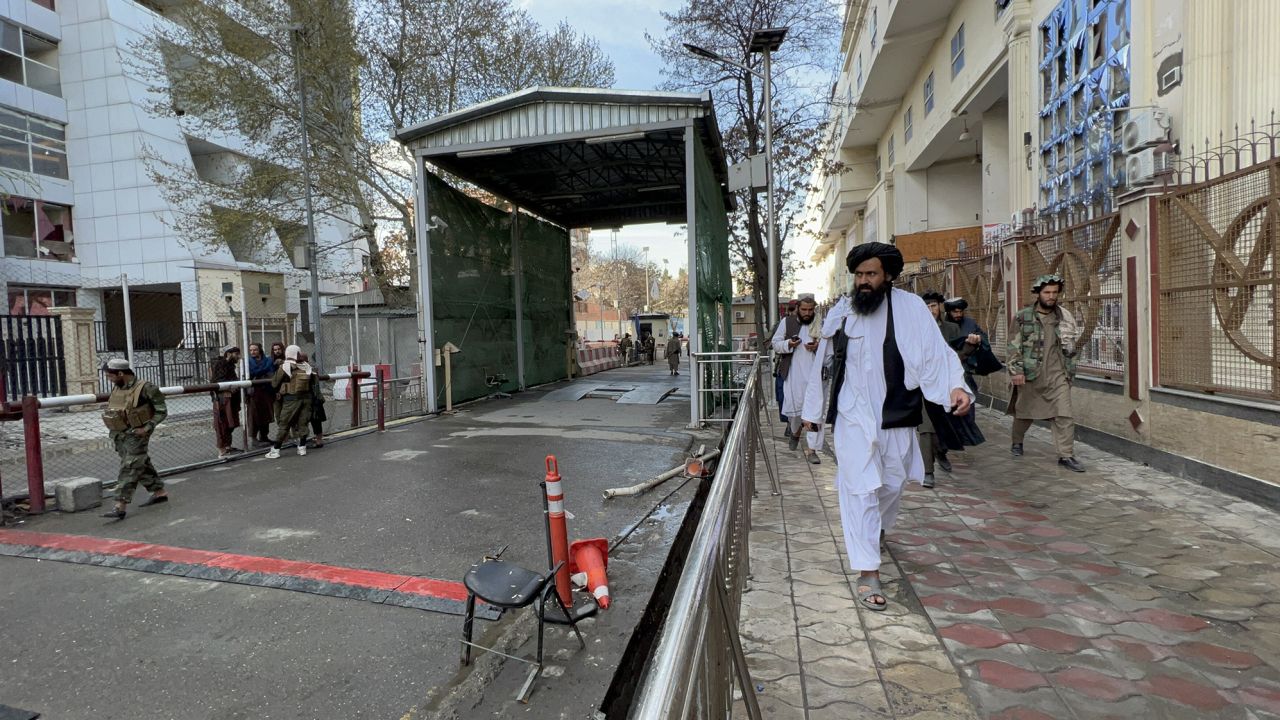
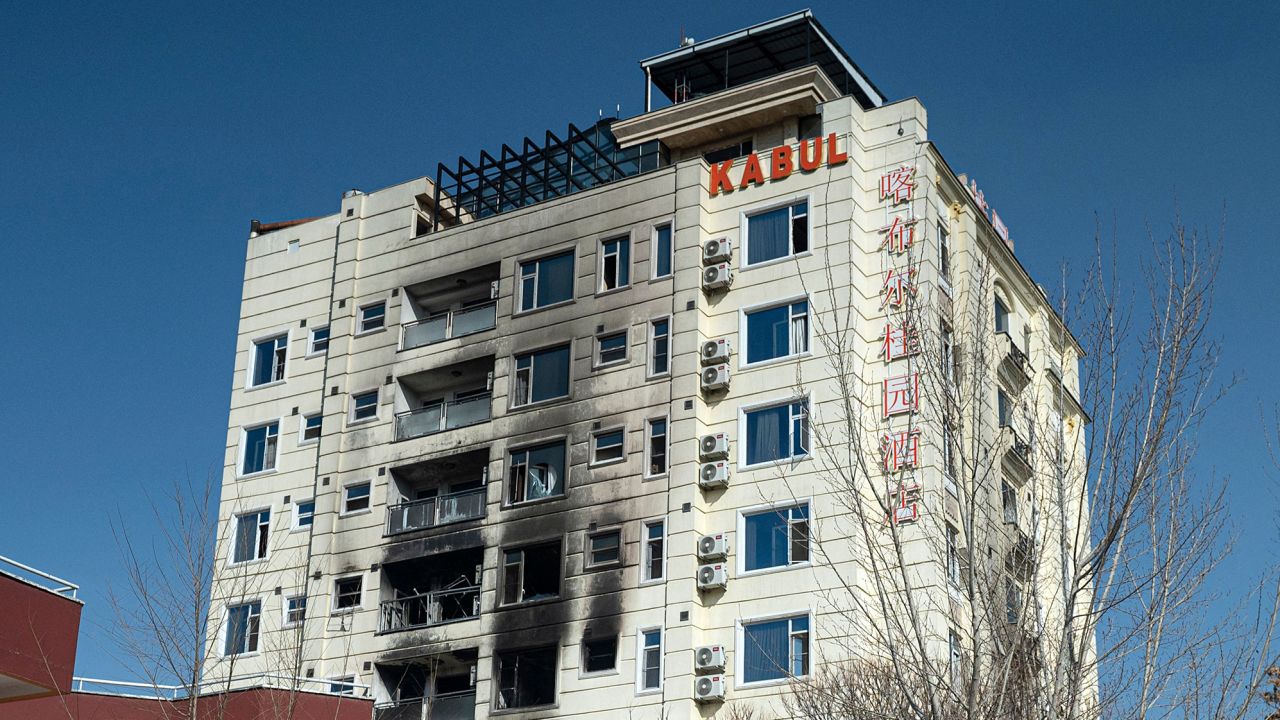
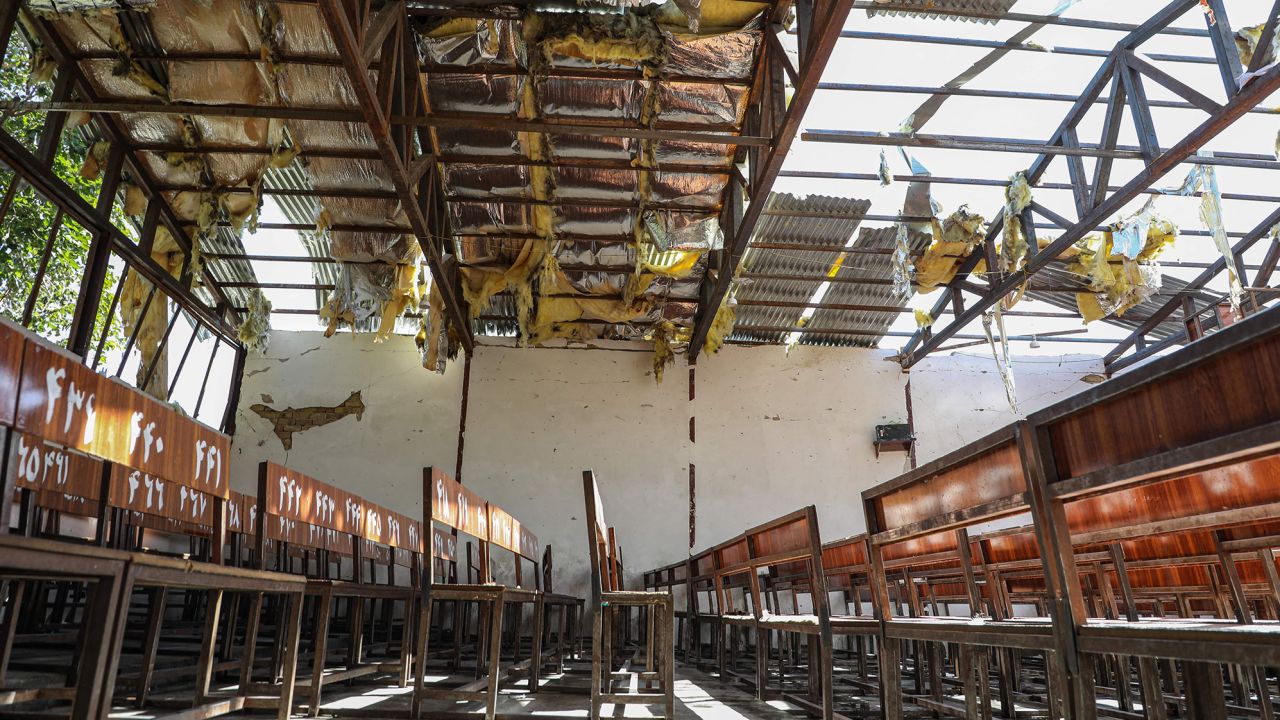


No comments: